Let me be clear about one thing: I am not a scientist. My school reports in this department were generally along the lines of “Victoria, she tries”. But just because I wasn’t very good at science, that doesn’t mean I didn’t enjoy it. In fact, sometimes I had the most fun in a lab when I failed. Actually, I don’t believe failure is the right word. To borrow from Thomas Edison and his historic endeavours to create the light bulb: “I have not failed. I’ve just found 10,000 ways that won’t work.”
Finding fun in experiments that, ultimately, won’t work is very much the way of things with Kerbal Space Program, and this is a trend that carries forward into its sequel – Kerbal Space Program 2, which enters Early Access on PC on 24th February. I got some hands-on time with Kerbal Space Program 2 last week and had a (quite literal) blast getting to grips with the game.
For a brief bit of context, Kerbal Space Program 2 is a space-flight simulator. Players are tasked with running a burgeoning space program that is staffed by a hotchpotch group of lovable green humanoid creatures known as Kerbals. The success of their ventures lie very much in your hands, and this often has very amusing consequences.
Over the course of the preview, I concocted a large array of rockets and planes of all shapes and sizes to launch into the skies above Kerbin (the Kerbal Space Program’s version of Earth) via the game’s Sandbox mode. This gave me access to a trove of parts, from engines to decouplers. Then, once I had arranged and critiqued every angle of my crafts, it was time for the big question – would they fly? And the answer was… Sometimes. Sort of.
Some of my ships exploded on the launch pad, some took off but then crashed into the ocean, some I forgot to add a parachute to and they plunged back to earth with a fiery bang. There were even some that didn’t blow up, but also didn’t get off the ground at all. This meant I was left with an expectant Kerbal staring blankly back at me from the screen having not gone anywhere.
Each time something went awry I would go swiftly back to the drawing board and adjust and amend to ensure my next flight was a more successful one. This was never an arduous task, however. In fact, the game was so utterly absorbing I was more than happy to do just that. As with its predecessor, Kerbal Space Program 2 has incredible replayability, and I was never penalised for giving things another shot.
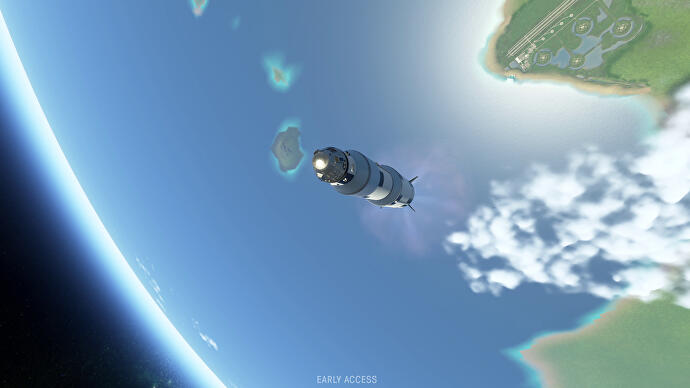
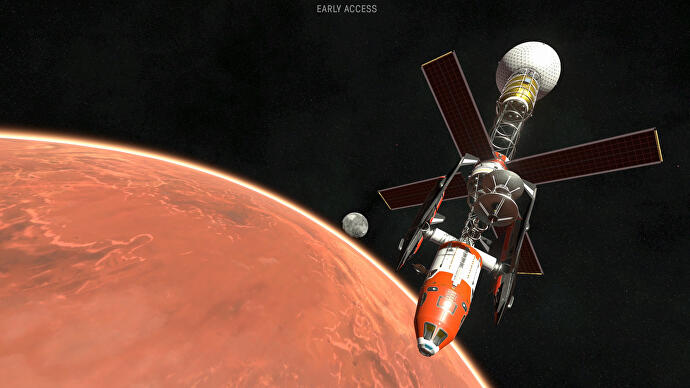
In addition to my own hamfisted tinkering in Kerbal Space Program 2’s vehicle assembly building (or VAB), there was also the chance to explore beyond the skies above my Kerbin base thanks to some pre-saved files.
I drove (and flipped) rovers on one of the game’s versions of Jupiter’s moons, I raced down a runway in a jet engine all the while imagining my little green Kerbal was Tom Cruise (I am assured my humming of Highway to the Danger Zone was “delightful”), and I drifted serenely through the cosmos in an expertly pre-made rocket. Admittedly, some Kerbals, namely Bill Kerbin, were accidentally ejected from the crafts throughout my playthrough, but I am told they are all more than happy to sail aimlessly among the stars until someone comes back to pick them up.
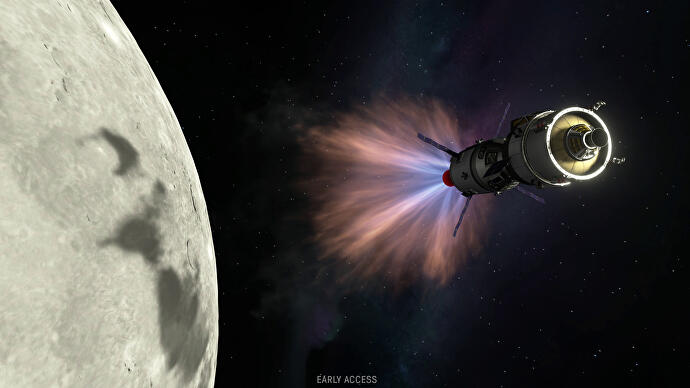
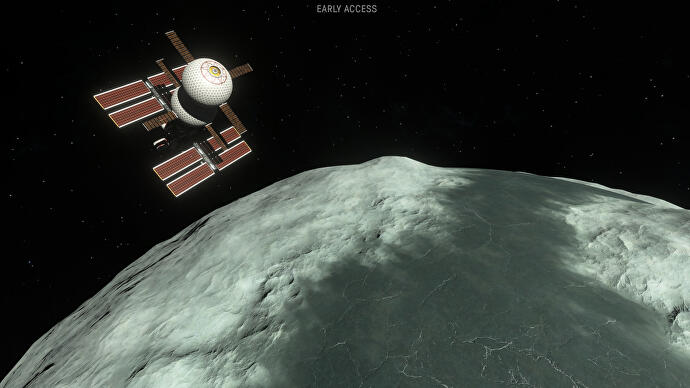
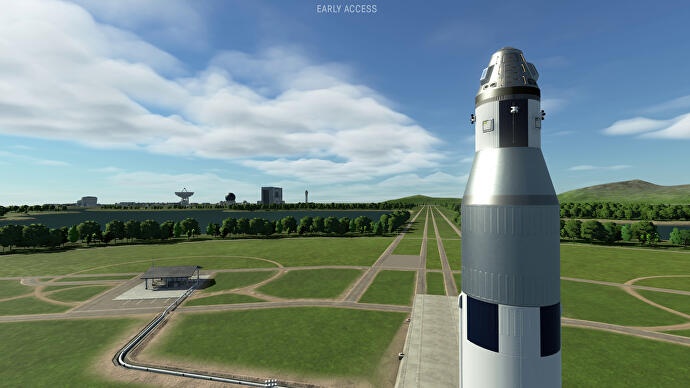
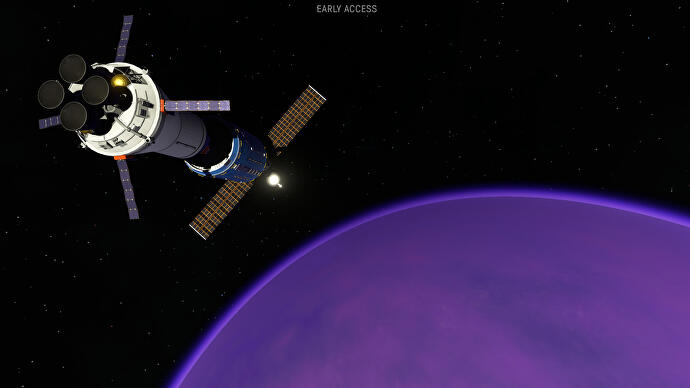
If you have played the original Kerbal Space Program, you are probably thinking this all sounds very familiar, and you would be right. At its very basic core, Kerbal Space Program and Kerbal Space Program 2 are incredibly similar. The sequel, naturally, has the benefit of today’s technology behind it, which in turn lends itself to a smoother (and sleeker) gameplay experience overall. In addition to this, there is also a vast collection of new parts to add to your fleet of rockets and aeroplanes, but it is still very much a game of trial and error.
Not that there isn’t a reason to take a good look at Kerbal Space Program 2. Far from it, in fact. For those of you who were interested in the concept of the original Kerbal Space Program, but felt overwhelmed by its scientific nature, Kerbal Space Program 2 could be just what you’re looking for.
The sequel has a much more intuitive UI, and a collection of bite-sized (and adorable) animated tutorials that achieved the once unthinkable – they got one of my rockets not only off the ground, but also into orbit.
Meanwhile, I was able to switch between my gameplay and the necessary tutorial with ease, meaning any moment that could have left me frustrated was easily quelled. The onboarding process for Kerbal Space Program 2 is incredibly user friendly, enjoyable and – as you would expect – informative, making this upcoming early access release a great place for newcomers to the series to start.
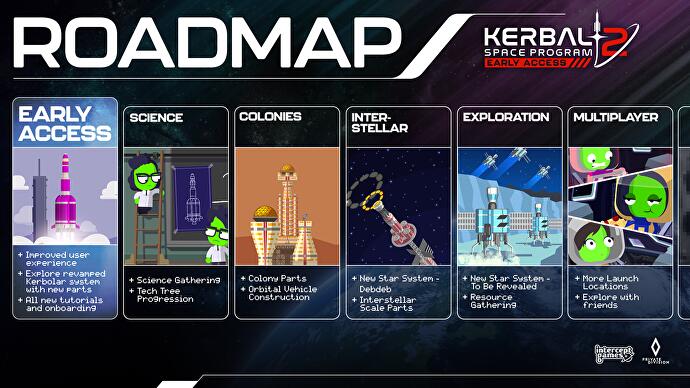
In addition to this more user friendly approach to Kerbal Space Program 2, there are other big changes coming to the sequel. These are all part of Kerbal Space Program 2’s future roadmap (see image above), and they include the introduction of Science mode, new star systems, interstellar travel technologies, colonies and the very welcome addition of multiplayer.
I spoke to creative director Nate Simpson about these upcoming features, and he provided me with more insight about what lies ahead on Kerbal Space Program 2’s starry horizon.
“The way the gameplay works for colony establishment… will involve carrying some amount of colony facing cargo from Kerbin to the location where you want to set up the colony,” Simpson explained.
“During the first phase, you’re having to bring all kinds of prefabricated materials for building that colony to the location… And then at a certain point you can start digging up local resources, and then the colony becomes self-constructing.”
When a player reaches this point, the game will open up “a whole new sort of panoply of factories and other kinds of colony functions that turn it into a place where you can build new vehicles.”
In short, you will get yourself a second base, and eventually you will be able to have multiple colonies with delivery routes running between them.
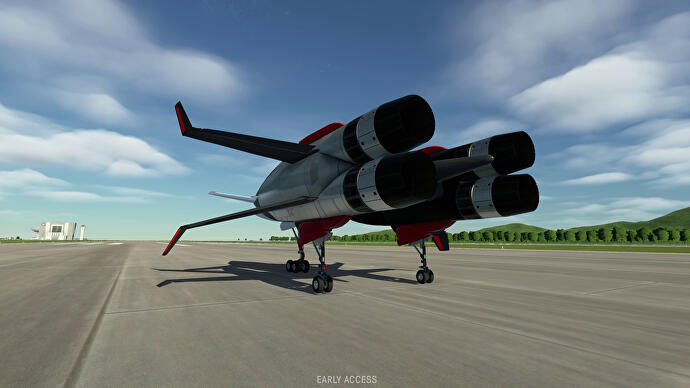
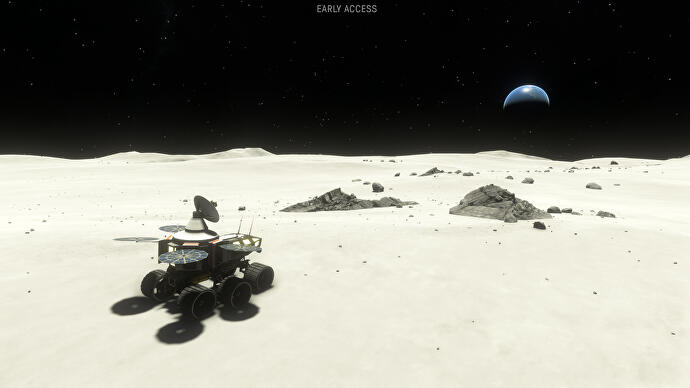
As for the multiplayer, Simpson told me this is based around Kerbal Space Program 2’s agencies (at the start of a new game, you have to name your space agency. Mine was called ‘The True Kennedy Centre’).
“That means that you will be able to play alongside other players who are either with you and your agency… cooperating with you to build vehicle architecture and [beginning] to explore the universe together in parallel, all taking off from the same space centre,” Simpson told me. “This is why there are four launch pads at [Kerbal Space Centre].”
But, according to Simpson, the multiplayer aspect doesn’t end there. In addition to this more cooperative style of play, there will also be “other launch locations” around Kerbin that are “associated with other space agencies”. Players can choose to ally with these other agencies, or they can become competitors.
“Once you’ve got that, you’ve got a space race going,” Simpson joked (although he stressed this is all friendly competition – Kerbals are a “pretty peace loving species”, after all).
“You’ve barely seen anything yet, because I think what’s most technically impressive with what we’ve created here is it is a completely stable foundation for future features that will be joining us later in Early Access,” Simpson stated. “[These new features] are going to, I think, achieve things that we haven’t seen in video games before at that truly interstellar scale.
“It is very hard to comprehend the challenge of representing and simulating something at that scale. I don’t think it’s ever been done before.”

All in all, my time with Kerbal Space Program 2 was colourful, chaotic and charming in equal measure. The sequel’s team has blended scientific exploration with an endearing and playful humour, and, as with the original, finding fun in the moments where you have seemingly failed remains a key part of the entire experience. This time, however, the team has taken this very complex subject and made it even more approachable than ever.
I won’t be as corny as to say Kerbal Space Program 2 is out of this world – after all, it is still early days and I believe what will really set Kerbal Space Program 2 firmly apart from its predecessor is yet to come. However, based on what I have seen so far, I will say this: Houston, we don’t have a problem.
